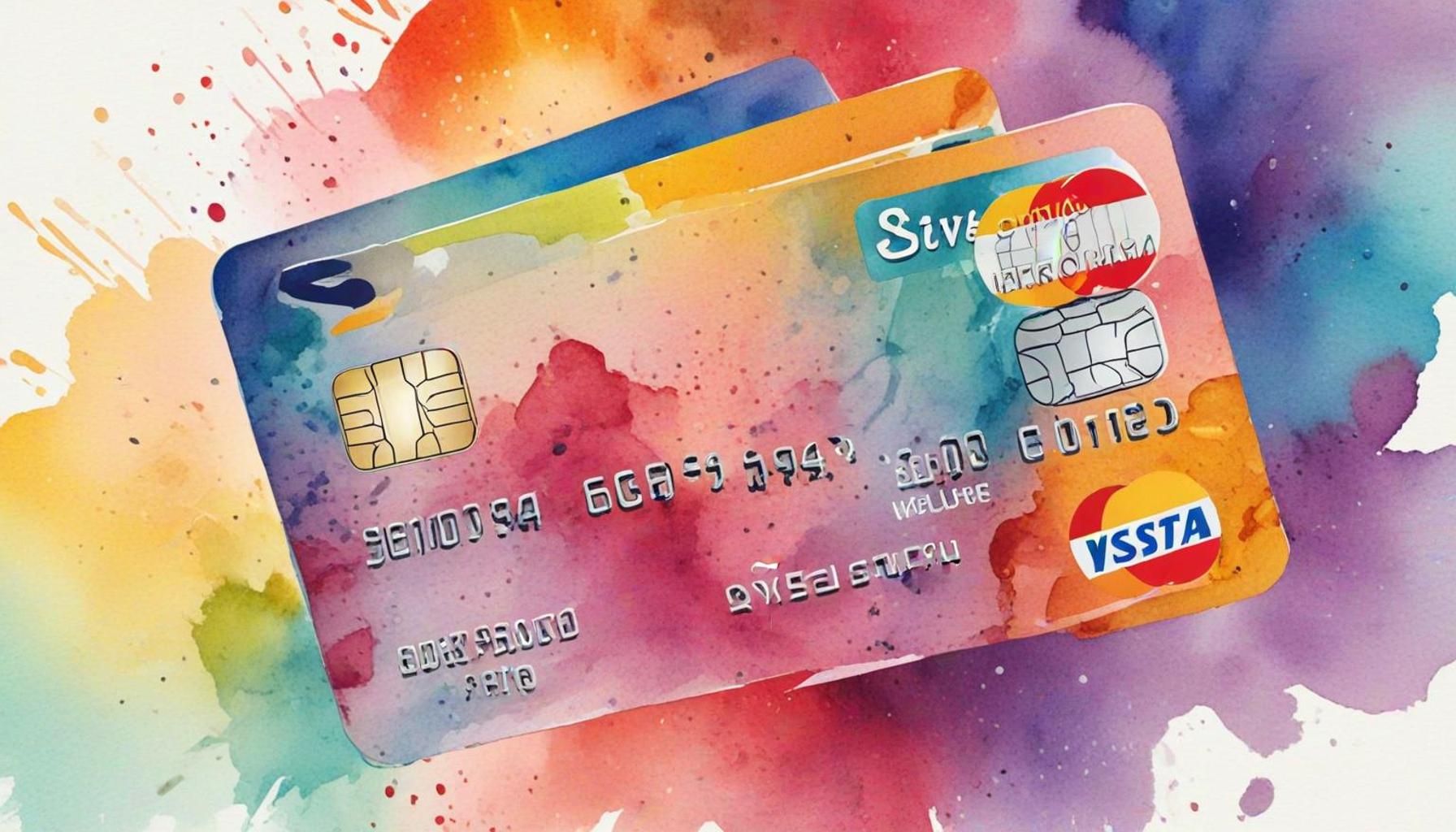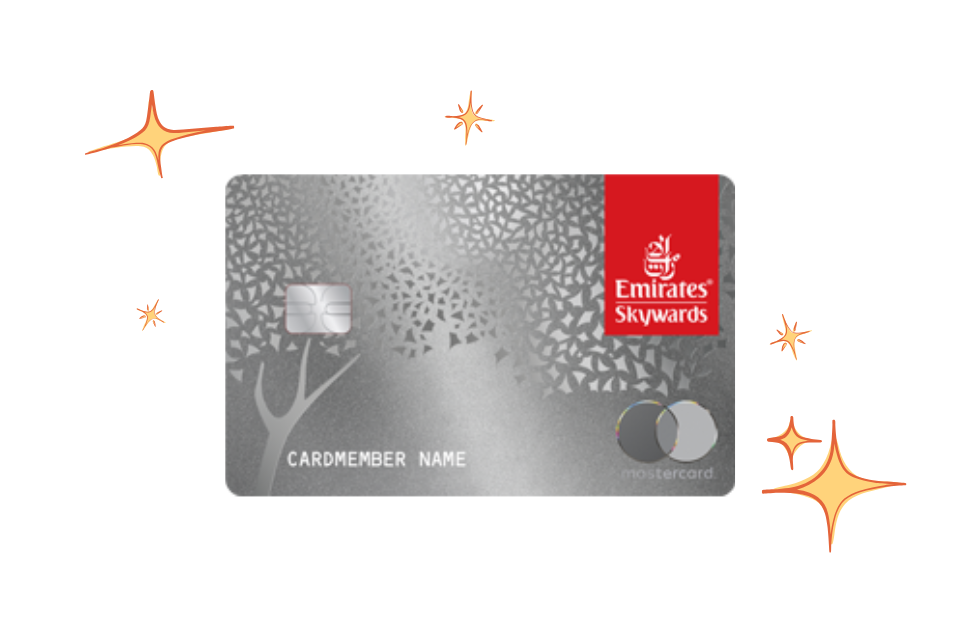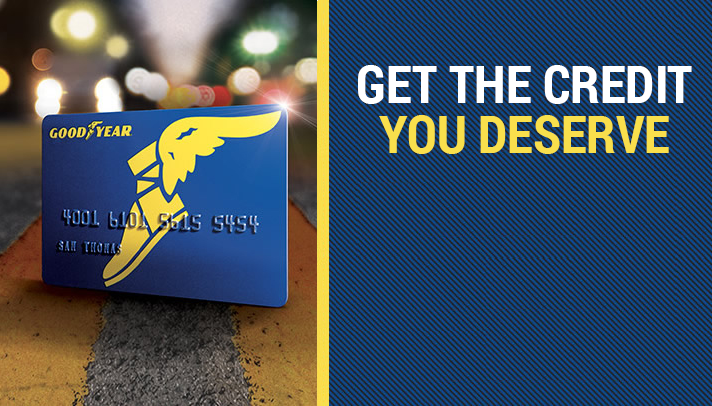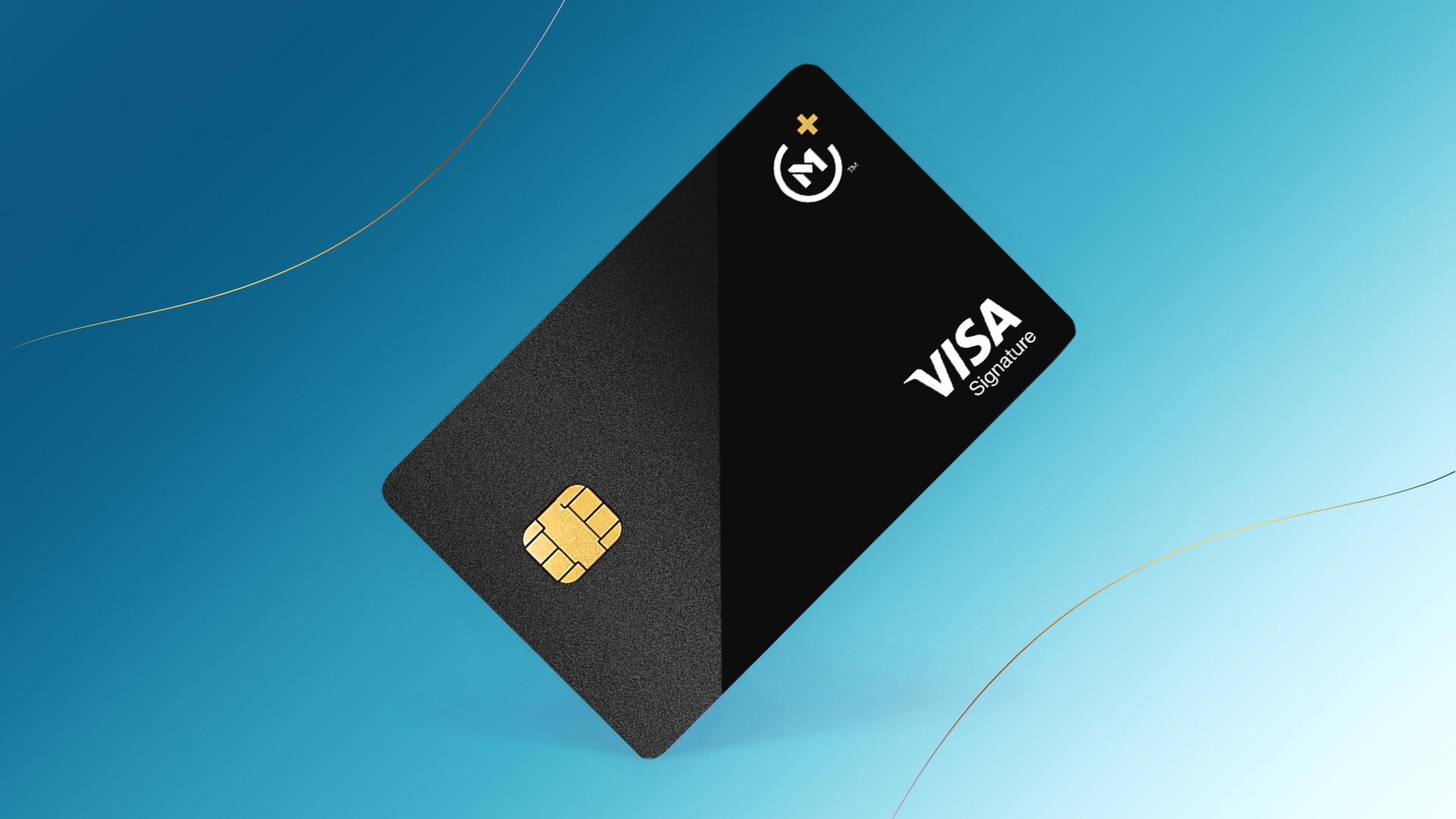Credit Cards and Security: How to Protect Your Financial Information

Understanding Credit Card Security
In today’s digital age, the convenience of credit cards comes with essential responsibilities. Protecting your financial information is vital to avoid fraud and identity theft. Understanding how to maintain security while using credit cards is crucial for every consumer. With credit cards becoming a primary method of transaction—be it for shopping online or making purchases at physical stores—it’s important to be equipped with the knowledge to safeguard yourself.
Secure Your Information
Always keep your card details safe and private. This means never sharing your card number, expiration date, or CVV code with anyone unless absolutely necessary. For instance, when ordering online, ensure the website is secured—look for “https” in the URL and a padlock icon in the address bar. Additionally, consider storing sensitive information in a password manager rather than on your devices or in text files, which can be more easily accessed by hackers.
Monitor Account Activity
Regularly check for unauthorized transactions by reviewing your bank statements and credit card transactions. For example, many credit card providers offer mobile apps that allow you to receive instant notifications when a transaction is made. This feature can help you quickly spot any suspicious activities and report them to your card issuer immediately. If you notice unfamiliar charges, contact your credit card company without delay; most providers have measures in place for fraudulent transactions and can assist you in recovering your funds.
Use Strong Passwords
Creating complex passwords for online accounts is crucial for protecting your financial health. Aim for a mix of uppercase letters, lowercase letters, numbers, and symbols. For example, instead of using “Password123”, consider “P@ssw0rd!2023”. Additionally, enable two-factor authentication (2FA) whenever possible, which adds an extra layer of security by requiring a second form of verification, such as a code sent to your mobile phone.
With an increasing number of online transactions and mobile payments, the risk of cyber threats has grown. Implementing effective safety measures can help protect your finances. By staying informed and proactive, you can enjoy the benefits of credit cards while minimizing potential risks. Remember that your security is in your hands; take the time to learn effective practices, and you’ll find that managing your finances can be both safe and rewarding.
DISCOVER MORE: Click here to learn how to apply
Best Practices for Credit Card Security
When it comes to safeguarding your financial information, taking proactive measures with your credit cards is essential. Integrating a set of best practices into your daily routine not only enhances your security but also offers peace of mind. Here are essential tips to consider when using your credit card both online and offline:
Keep Your Card Close
It’s crucial to maintain physical control over your credit card to prevent unauthorized use. When you are at a store or restaurant, always keep an eye on your card. Never let it out of your sight, particularly in crowded environments where distractions abound. For instance, if you’re dining out, do not hand the card to a server without watching them process the payment. If they need to take your card away, consider asking if you can pay at your table to avoid losing sight of it entirely.
In addition, when making purchases, be wary of any individuals who might be standing too close, as they could be attempting to steal your card information using devices known as skimmers. If your bank offers the option, consider using contactless payments via your smartphone or smartwatches, as these technologies often provide additional layers of security.
Utilize Virtual Credit Card Numbers
To further protect your credit card information during online transactions, many banks and credit card companies now provide virtual credit card numbers. A virtual card is an alternative number linked to your actual account that can only be used for a single transaction or for a limited time, significantly reducing the risk of your real card number being exposed. To set this up, log into your online banking account and look for options to generate a virtual card number. This simple step can effectively safeguard your financial information against unauthorized use, making online shopping much more secure.
Be Cautious with Public Wi-Fi
While connecting to public Wi-Fi is convenient, it exposes your financial data to potential hackers. Avoid making any financial transactions—like purchasing items or logging into banking apps—while connected to public networks. If you must conduct transactions, a good practice is to use a VPN (Virtual Private Network). A VPN encrypts your connection, making it far less likely for anyone to intercept your personal information when you’re online.
In practice, you might use a public café to access your email but refrain from checking your bank account or making online purchases until you’re back on a secure network. This extra step can be a vital defense against common online threats.
Know How to Report Fraud
Understanding how to respond if you fall victim to credit card fraud is crucial in minimizing potential damage. Here are important steps to take:
- Immediately contact your credit card issuer: They can freeze your card, preventing any further charges from occurring.
- Monitor your accounts: Regularly check your bank statements and transaction history for any unfamiliar charges. This vigilance can help you catch fraud early.
- File a police report: If your personal information is stolen, it’s advisable to have an official record of the incident. This may help in recovering losses and can be useful for disputing fraudulent charges.
By acting quickly, you can significantly minimize the potential damage and better protect your financial well-being. Remember, strength in prevention is your best friend in the fight against fraud.
Incorporating these best practices into your everyday habits empowers you to navigate the world of credit cards with confidence. With the right precautions, you can enjoy the convenience of credit cards while maintaining robust security for your financial information.
DISCOVER MORE: Click here for the easy application guide
Leveraging Technology for Enhanced Credit Card Security
As technology continues to evolve, so too do the ways in which you can protect your financial information. Utilizing advanced tools and features offered by your bank or credit card company can significantly bolster your security. Here are some technological advancements worth considering:
Two-Factor Authentication (2FA)
Many financial institutions now offer two-factor authentication as an added layer of security for your online accounts. With 2FA enabled, you will need to provide a second piece of information beyond your password, typically a code sent to your mobile phone. This helps ensure that even if your password is compromised, unauthorized users cannot access your account without the second verification method. Enabling 2FA can be a straightforward step that greatly increases the security of your online transactions.
Monitor Credit Reports Regularly
Another proactive measure in maintaining your credit card security is consistent monitoring of your credit reports. You are entitled to receive a free credit report from each of the three major credit reporting agencies—Equifax, Experian, and TransUnion—once a year. By reviewing these reports, you can detect any fraudulent accounts or inquiries that you did not authorize. Look for discrepancies, such as unfamiliar accounts listed under your name. If you spot something suspicious, report it immediately to the credit bureau and your credit card issuer.
Alerts and Notifications
Most banks provide the option to set up transaction alerts via SMS or email for your credit card activity. These alerts notify you of any transactions made, which can be crucial in identifying unauthorized purchases in real-time. Setting alerts for purchases exceeding a certain amount or transactions made without your card present can help you quickly address any potential fraud before it escalates. Make it a habit to review these alerts regularly—your financial safety may depend on it.
Security Features Built into Cards
Many credit cards now come with built-in security features such as EMV chips and dynamic CVVs. The EMV chip generates a unique transaction code for each purchase, making it far more difficult for criminals to replicate your card data. Additionally, some newer cards have a rotating CVV number that changes periodically. Using cards with these features adds a significant barrier to theft, making your financial information much harder to compromise.
Use Dedicated Caution with Online Vendors
When shopping online, using only established vendors can help to reduce your risk of fraud. Before entering your credit card information, ensure that the website’s URL begins with “https://” rather than just “http://”, which indicates a secure connection. Look for familiar symbols of security, such as a padlock icon next to the URL in your web browser. Read reviews and check ratings of the vendor before completing your purchase, especially if it’s a lesser-known site. Taking these precautions can go a long way in protecting your financial information from cyber threats.
By incorporating these technological tips into your security practices, you can further fortify your defenses against potential threats to your credit card information. The right combination of awareness, technology, and practical steps ensures that you remain one step ahead of fraudsters while enjoying the benefits of credit cards.
DIVE DEEPER: Click here to discover the application process
Conclusion
In today’s digital world, protecting your financial information has become more critical than ever, especially when using credit cards. Understanding the various risks associated with card use and employing effective security measures can significantly reduce the chance of fraud. Throughout this article, we discussed a range of practical strategies to enhance your credit card security, from utilizing two-factor authentication to employing transaction alerts to stay informed about your spending in real-time.
Additionally, regularly monitoring your credit reports ensures that you can detect any unauthorized activities promptly. Taking the time to understand the security features built into your credit cards, such as EMV chips and dynamic CVVs, further strengthens your defenses against potential theft. Moreover, approaching online purchases with caution by verifying vendor credibility and ensuring secure transactions can prevent breaches before they even happen.
As a final takeaway, remember that security is an ongoing process that requires vigilance and proactive measures. Stay educated about emerging technologies and strategies to counter potential threats. By remaining proactive and informed, you can enjoy the conveniences of credit cards while keeping your financial information safe. With these insights in mind, take control of your credit card security today and protect what matters most—your hard-earned money.


